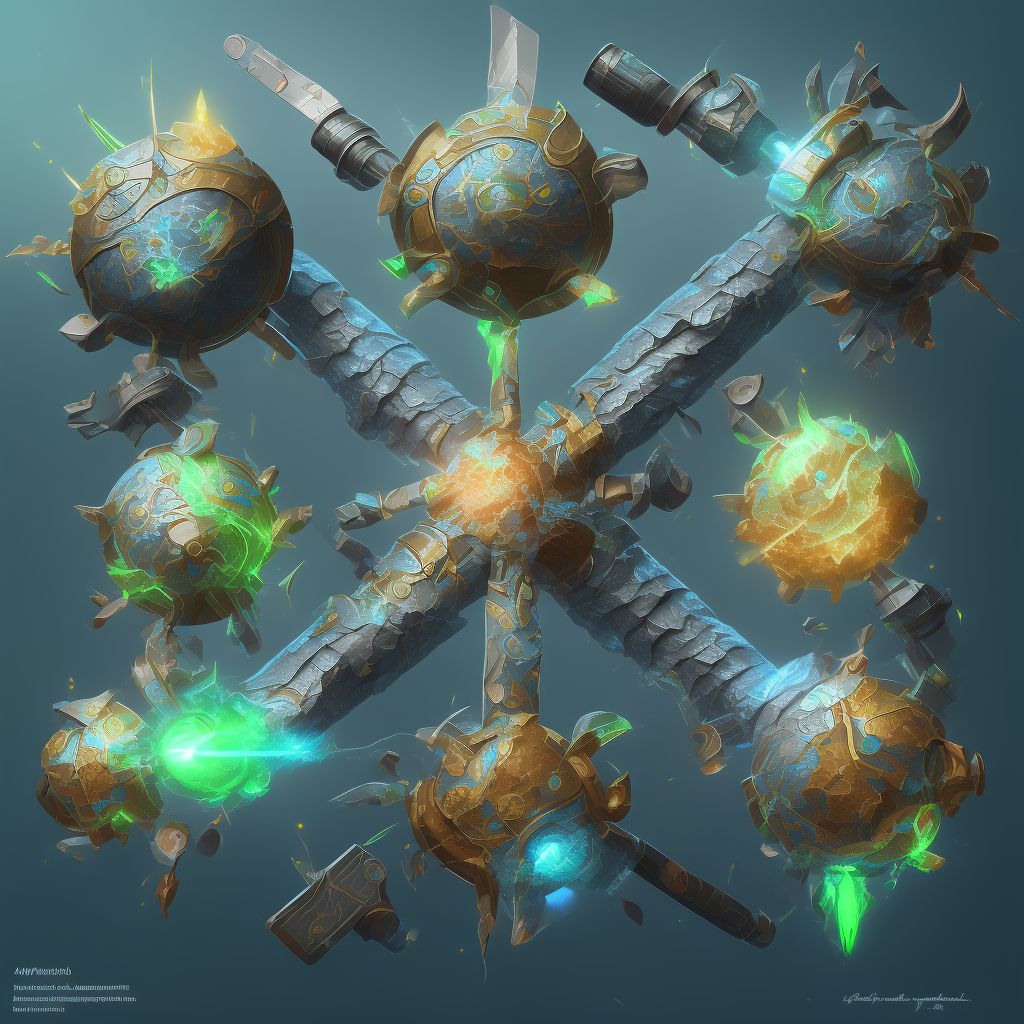
Displaced oblique fracture of shaft of unspecified fibula, sequela Save
ICD-10 code: S82.433S
Disease category: S82.433: Displaced oblique fracture of shaft of unspecified fibula
Displaced Oblique Fracture of Shaft of Unspecified Fibula, Sequela
When it comes to bone fractures, one specific type that can occur is a displaced oblique fracture of the shaft of the unspecified fibula. This condition, known as a sequela, refers to the long-term effects or complications that can arise following the initial fracture.
In this case, the fibula, which is the smaller bone located on the outer side of the lower leg, experiences a fracture that is both displaced and oblique in nature. Displaced fractures occur when the broken ends of the bone are no longer aligned, while oblique fractures are characterized by a diagonal break across the bone shaft.
Although the exact causes of this type of fracture can vary, it is often the result of significant trauma or force applied to the leg. This can occur during sports activities, accidents, or falls. The severity of the fracture can range from mild to severe, depending on the extent of displacement and the angle of the break.
Common symptoms associated with a displaced oblique fracture of the shaft of the unspecified fibula sequela include pain, swelling, tenderness, and difficulty walking or bearing weight on the affected leg. It is essential to seek medical attention promptly if you experience any of these symptoms to ensure appropriate diagnosis and treatment.
If you have been diagnosed with this condition, it is important to note that this article will not cover the treatment options. Treatment varies depending on various factors, including the severity of the fracture, the individual's overall health, and personal preferences. It is crucial to consult with a healthcare professional to determine the most suitable treatment plan.
- Fracture classification: Displaced oblique fracture of the shaft of the unspecified fibula.
- Causes: Trauma, accidents, falls, or sports activities.
- Symptoms: Pain, swelling, tenderness, difficulty walking or bearing weight.
- Diagnosis: Medical evaluation, physical examination, and imaging tests.
- Treatment: Consult with a healthcare professional for appropriate treatment options.
- Prevention: Taking precautions during physical activities to minimize the risk of fractures.
In conclusion, a displaced oblique fracture of the shaft of the unspecified fibula sequela can cause significant discomfort and mobility issues. If you suspect you may have this condition, it is crucial to consult with a healthcare professional for an accurate diagnosis and appropriate treatment plan.
Treatment of Displaced oblique fracture of shaft of unspecified fibula, sequela:
Treatment Options for Displaced Oblique Fracture of Shaft of Unspecified Fibula, Sequela
When it comes to a displaced oblique fracture of the shaft of the unspecified fibula, finding the right treatment is crucial for a successful recovery. This type of fracture occurs when the bone breaks at an angle, causing misalignment and displacement. Fortunately, there are several treatment ...
To see full information about treatment please Sign up or Log in